Buying a pre-foreclosure is unlike buying a foreclosure.
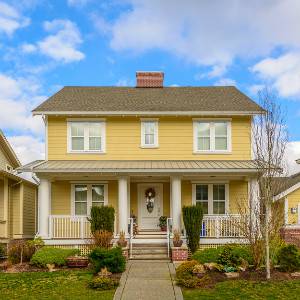 As a prospective homebuyer in the U.S. who is interested in affordability, you may have considered buying a home from someone who can no longer make the mortgage payments and is therefore being foreclosed on. It is important to understand, however, that the foreclosure process involves many phases, with differing implications as to who you would be dealing with and just how good a financial deal you might get. The very first phase is known as “pre-foreclosure.” When a house is in preforeclosure, this means that the homeowner has fallen behind in payments and the house is in the early stages of foreclosure (the lender has filed a notice of default or started a lawsuit to officially begin the foreclosure process), but the foreclosure sale has not yet taken place.
As a prospective homebuyer in the U.S. who is interested in affordability, you may have considered buying a home from someone who can no longer make the mortgage payments and is therefore being foreclosed on. It is important to understand, however, that the foreclosure process involves many phases, with differing implications as to who you would be dealing with and just how good a financial deal you might get. The very first phase is known as “pre-foreclosure.” When a house is in preforeclosure, this means that the homeowner has fallen behind in payments and the house is in the early stages of foreclosure (the lender has filed a notice of default or started a lawsuit to officially begin the foreclosure process), but the foreclosure sale has not yet taken place.
The pre-foreclosure stage can yield some real bargains, but most experts agree it is the most difficult stage during which to purchase a distressed home. During the pre-foreclosure period, the homeowner generally has a certain amount of time to catch up on past-due mortgage payments plus fees, sell the home to pay off the loan or work out an alternative to foreclosure, like a mortgage modification, short sale or deed in lieu of foreclosure. The owner may be working to cure the default or he may be hoping for a pre-qualified cash buyer to help him avoid the impending foreclosure. If you want to buy a home in pre-foreclosure from a bank, you will often need to go directly to the owner and work out a deal that pleases both the owner and the bank.
Buying a pre-foreclosure is unlike buying a home in foreclosure. In a foreclosure, the bank will take back the property; when it comes to a pre-foreclosure however, the homeowner still owns the house. Banks don’t like going through the foreclosure process because it’s costly. After going through the court system, running ads in the paper, working with a listing agent and looking for buyers, the bank can rack up thousands of dollars in costs.
If you’re interested in buying pre-foreclosed homes, you will need to do a little legwork. You can find these homes by looking for Notices of Sale and Notices of Default in county records or the legal notices section of your local newspaper.
After you find homes in the pre-foreclosure phase, you’ll need to contact the homeowner. Because this is a sensitive time for the homeowner, it is best to send a polite postcard or letter asking about a pre-foreclosure sale. Talk to the owner about purchasing the home based on the value of the home and the size of the mortgage. Some owners are willing to take less to avoid foreclosure, while others want top dollar for their homes.
Before you buy home pre-foreclosure bank properties, you need to contact the bank or lender. The last thing you want is to sign the paperwork and discover that the bank is still foreclosing on the house because the lender never paid the bank back. You may also risk the foreclosure auction happening before you sign the paperwork, which will result in you losing out on your new home.

When you buy foreclosed homes from the bank, you work together with the bank to create a financial agreement. The bank might agree to let you pay the back payments on the property and take over the original mortgage on the home. Typically, banks want you to pay a specific amount and get your own mortgage.
Nearly every bank has its own method for selling homes during the pre-foreclosure phase. The lenders may let you pay off the mortgage, take over the mortgage or work out a different agreement before the foreclosure actually occurs.
If you are ready to look for pre-foreclosures in your area, go toRealtyNow.comto search for free real estate listings.

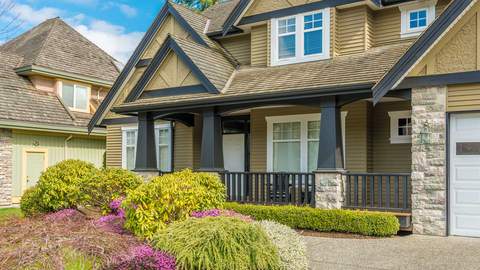

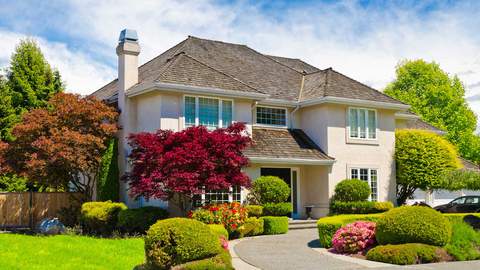


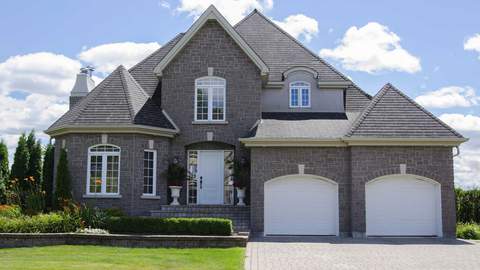


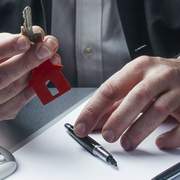




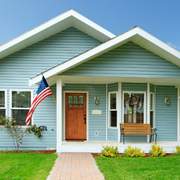

Write a Comment